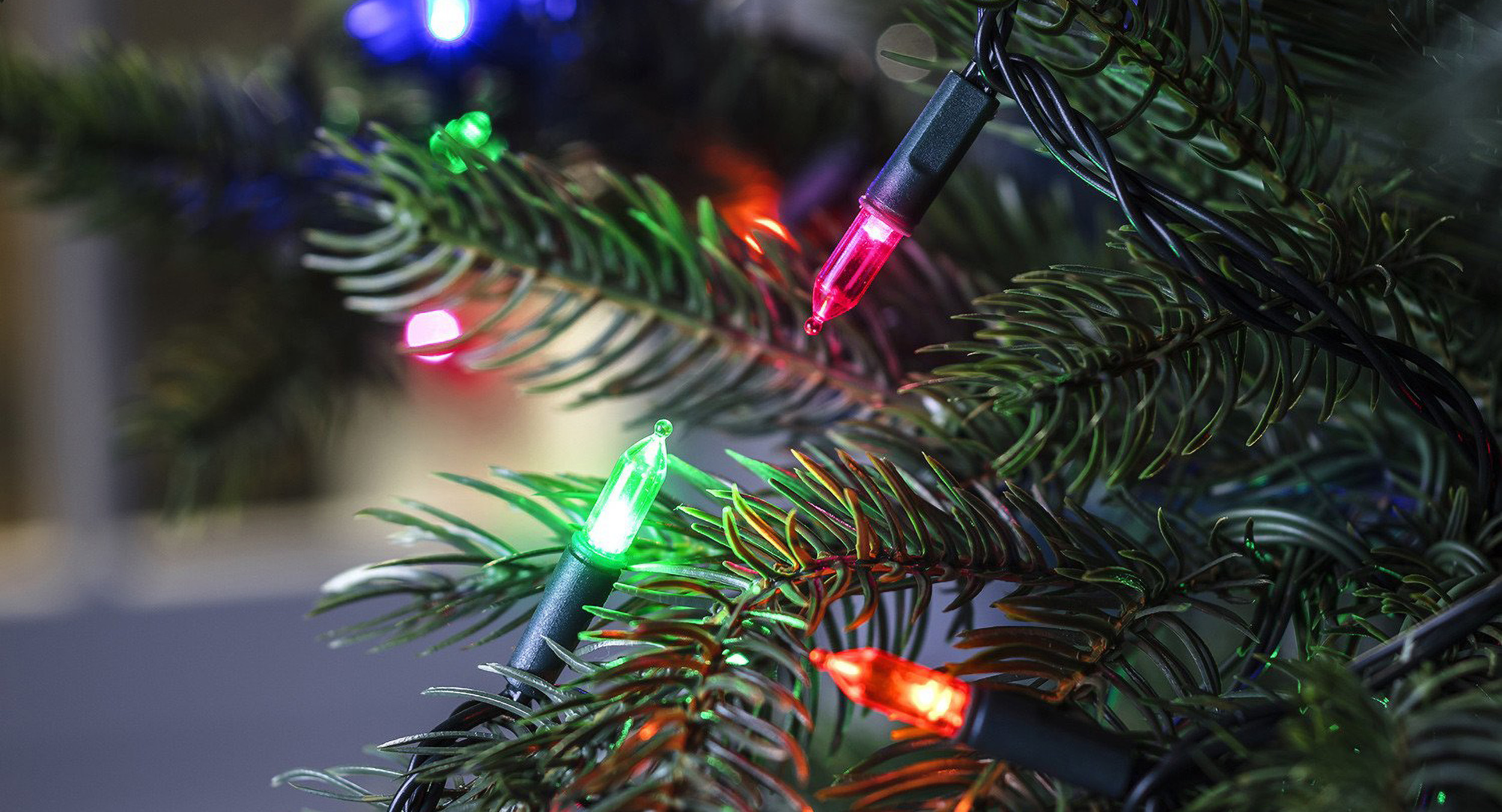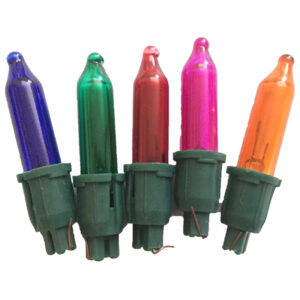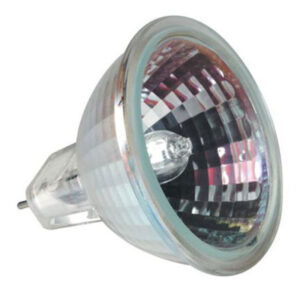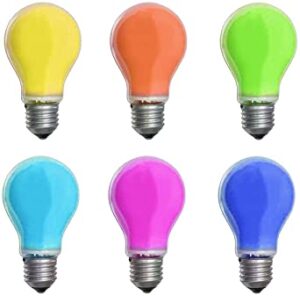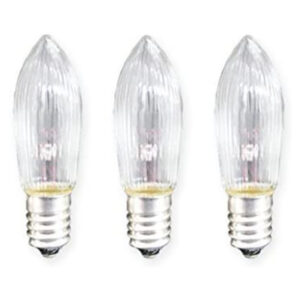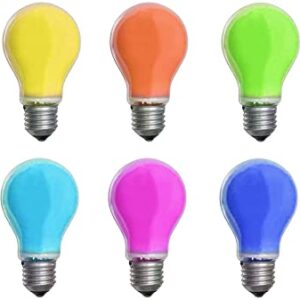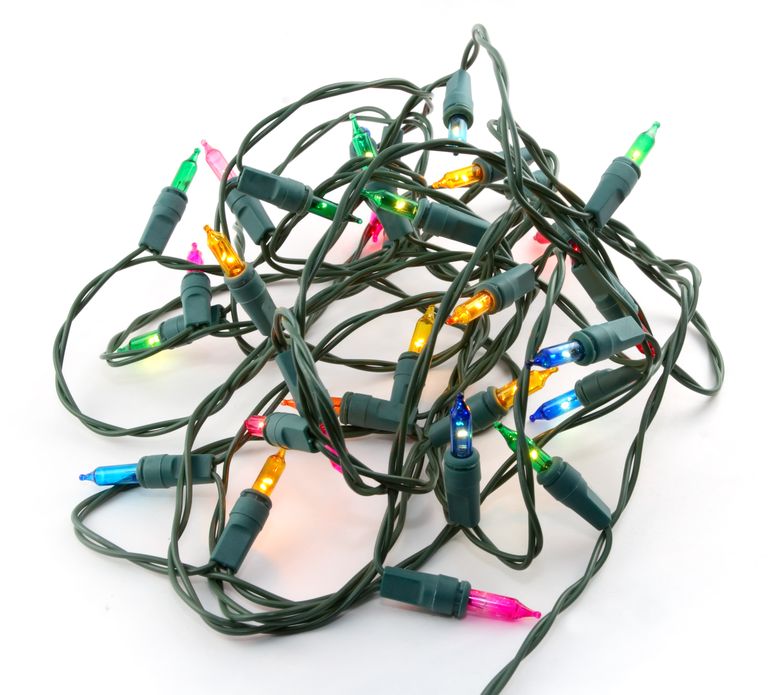
HOW TO CHECK YOU LIGHTS
It shouldn’t come as a complete surprise that strings of Christmas lights that are used for a fortnight or so and then stored as a tangled heap, perhaps in a damp loft, sometimes fail when they emerge the following year.
Usually it is one bad bulb that is causing the black out but on other occasions a fuse may have blown, or there can be a corroded or bad connection, or maybe a broken wire.
Prevention is better than cure, so make sure that the bulbs are looked after correctly. Read and follow the manufacturer’s instructions and take care when unpacking not to cause any damage. Avoid keeping them in a damp or an excessively hot place.
Check The Fuse
When an entire string of lights goes out, you should initially check the fuse in the plug. Remove the plug from its socket, take the fuse out and replace it with a new one of the same rating. If the lights come back on, throw the old fuse away and carry on with your Christmas. If not, it is most likely that one of the bulbs has failed.
Check Individual Bulbs
Small incandescent bulbs can be gently removed and pulled out. You should see two copper leads, check whether these are both present and not misplaced in any way. Also check the contact inside the small socket where the bulb sits, this might be damaged or corroded. This can be cleaned with a small file, clearing away the corrosion and establishing a good contact once again.
Even if everything looks sound, replace the bulb with one that you know is ‘good’. If you can’t see a fault in the bulb that was taken out and the lights don’t come come on with the replacement, put the original back and then continue this process along the string.
Check The Wiring
At the same time as checking the fuse, make sure that the plug’s wiring is correct and in place. Also check the wiring to each bulb and along the string to ensure there is no break, if the cable is broken at any point then a new set of lights is called for rather than a DIY fix.
If you are using old bulbs, consider buying new ones that meet higher safety standards. If they are old style filament bulbs, replace them with LEDs as they are safer as they emit less heat and will also save you money as they consume less electricity and last longer.
Another advantage of LEDs is that if one bulb fails it does not affect the rest, they will stay lit. A disadvantage is that LED bulbs cannot be replaced.
Safety First
When you notice that a bulb has ‘blown’, switch off the power. It’s important never to remove or insert bulbs when switched the power is on.
Replacement bulbs should have a British Standard Kitemark and bought from a reputable retailer. Buying second hand is never recommended. Always buy like for like, don’t mix bulbs from different sets. The code number for spare bulbs should be listed on the item’s original box.
For extra safety, especially when changing a bulb outdoors, consider buying a residual current device for an outdoor display. With an RCD if the power for some reason is still on and you touch a live wire, the circuit disconnects and prevents you receiving an electric shock.
Store lights out of the reach of children, Christmas tree lights are very attractive and equally easy to swallow. When you are concentrating on replacing lights, don’t leave the old lights or replacements lying around.
If you have to use a ladder to reach the bulbs in an outdoor display, make sure it is sturdy and fit for purpose. Ask someone to stand on the bottom rung or hold the ladder steady.
When the bulbs are up and running again don’t forget to switch indoor lights off when you go to bed or leave the room.

